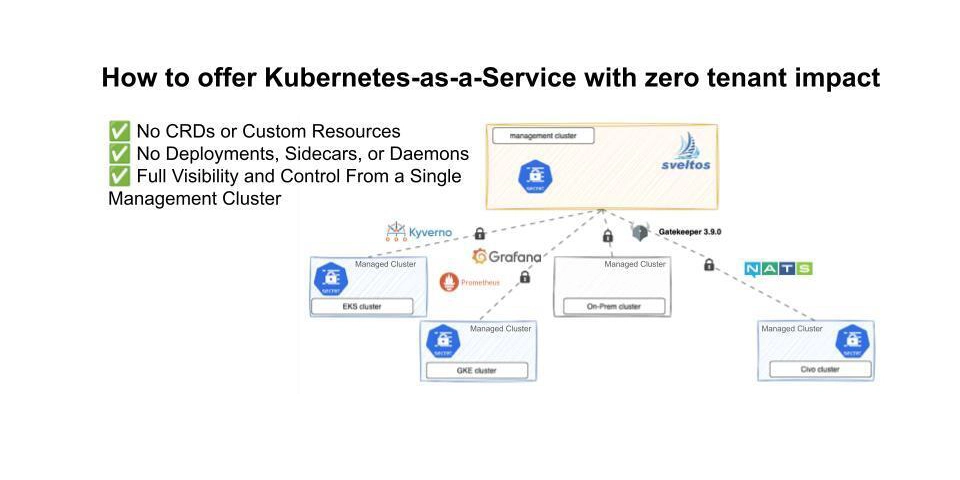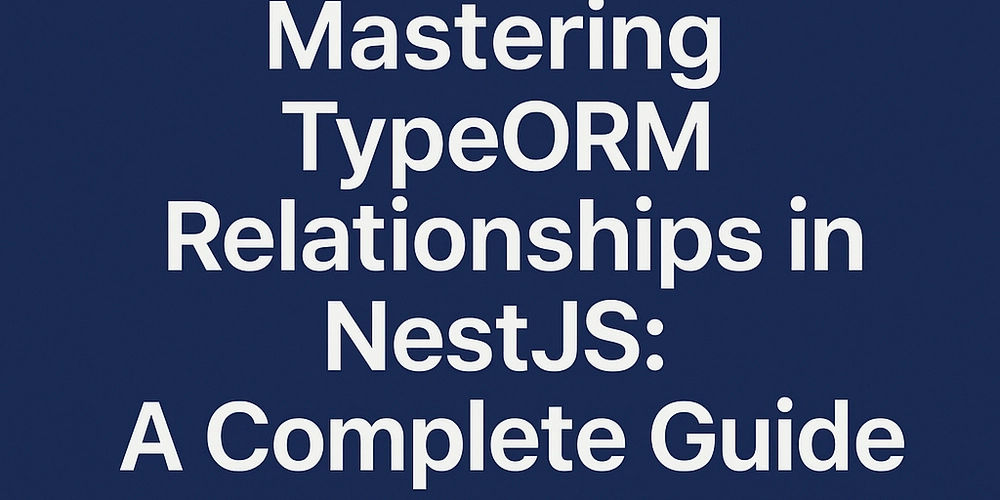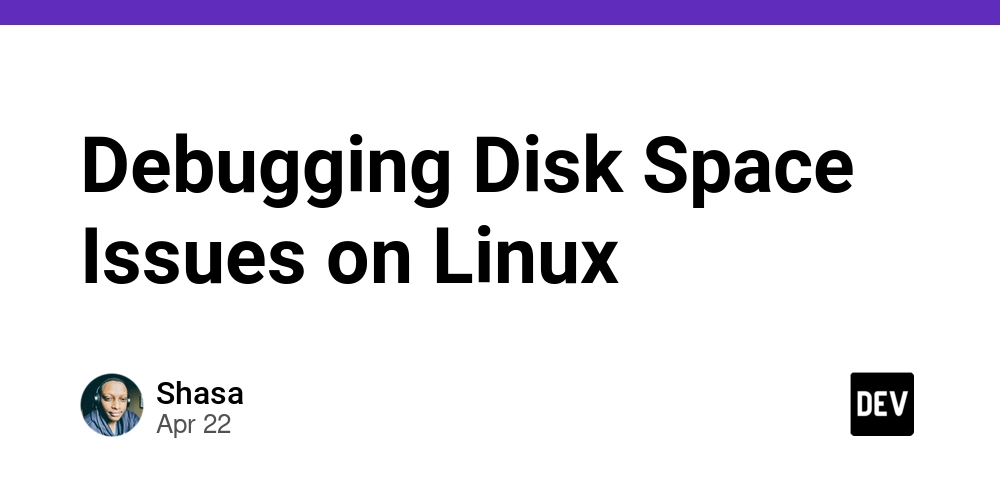Web Scraping CloudFront Responsibly and Efficiently
CloudFront, Amazon's content delivery network (CDN), plays a crucial role in today’s fast-paced digital world. But what happens when you combine it with the power of web scraping? A game-changer. This guide is your blueprint to unlocking CloudFront's potential, maximizing data extraction efficiency, ensuring accuracy, and, most importantly, doing it all responsibly. CloudFront: The CDN Powerhouse Amazon CloudFront is Amazon Web Services’ (AWS) content delivery network (CDN). In layman’s terms, it’s a network of servers spread globally, designed to deliver your website’s content at lightning speed based on where users are located. By caching content in multiple edge locations, it ensures users get fast access no matter where they are. It's the backbone behind millions of websites, enabling faster load times and reduced latency. Why Developers Can't Ignore CloudFront Global Reach: CloudFront’s worldwide network ensures content delivery from the nearest server, reducing delays and improving user experience. Deep AWS Integration: It seamlessly integrates with AWS tools like Amazon S3, EC2, and Route 53. Security: CloudFront offers HTTPS support, DDoS protection, and Web Application Firewall (WAF) integration. Customization: Adapt CloudFront’s settings to suit your application’s needs. Cost-Effective: Only pay for what you use, no upfront costs—perfect for businesses of all sizes. Dynamic Content Support: Unlike many CDNs that only deliver static content, CloudFront can handle both static and dynamic content. Real-Time Metrics: Track detailed logs and metrics for precise performance insights. The Basics of Web Scraping Web scraping is the art of extracting vast amounts of data from the web without manual effort. It involves making HTTP requests, parsing the HTML, and extracting the data you need—quickly and at scale. How Web Scraping Works: Send a Request: The scraper requests a webpage. Receive the Response: The server sends back HTML data. Parse the Content: Scraping tools like BeautifulSoup dissect the HTML for specific information. Extract Data: The desired content is pulled from the HTML structure. Store the Data: Data is then saved, often in formats like CSV or JSON for easy analysis. Why Web Scraping is Crucial for Industries E-commerce: Monitor competitors’ prices, product details, and stock availability. Real Estate: Scrape property listings, pricing, and trends. Finance: Track stock prices, news, and market sentiment. Research & Media: Aggregators compile content from multiple sources for broader insights. Travel: Compare hotel and flight prices across different websites. Tools and Methods for Effective Web Scraping Headless Browsers: Scraping Dynamic Content Many modern websites, including those hosted on CloudFront, use JavaScript to load content dynamically. Traditional scrapers often fail to retrieve this content. Enter headless browsers. They simulate real user behavior, enabling scrapers to extract content that loads asynchronously. Key Features: Mimic User Interactions: Scroll, click, and navigate just like a human would. Render JavaScript: Ensure the scraper sees the same content a browser would. Session Handling: Manage cookies and sessions needed for restricted content. Python & BeautifulSoup: A Classic Combo Python is the go-to language for web scraping, and with libraries like BeautifulSoup, scraping becomes a breeze. BeautifulSoup lets you parse HTML content and extract data efficiently. Why BeautifulSoup Easy Parsing: Handles messy HTML or XML. Find Methods: Locate specific data elements quickly with find() and find_all(). Tag Manipulation: Modify HTML tags effortlessly. Encoding: Automatically handles character encoding issues. Proxies: The Unsung Heroes of Scraping When scraping CloudFront, using proxies is essential. They mask your real IP address, bypass rate limits, and protect your anonymity. Key Benefits of Proxies: Anonymity: Protect your identity while scraping. Geo-Targeting: Access region-specific content by using IPs from different locations. Avoid Rate Limits: Rotate proxies to make more requests without triggering anti-scraping measures. Parallel Scraping: Use multiple proxies for faster, concurrent requests. Scraping CloudFront CloudFront’s vast network of servers serves a wide variety of use cases for scrapers, from competitive analysis to academic research. Here are just a few scenarios where scraping CloudFront is valuable: Competitive Analysis: Gather insights into competitors’ content strategies. Content Aggregation: Collect news or price data to provide value-added services to your users. Market Research: Scrape product data to understand market trends and consumer behavior. SEO Audits: Analyze websites’ SEO strategies and backlink profiles. How to Scrape CloudFront Target URL: Identify the specifi
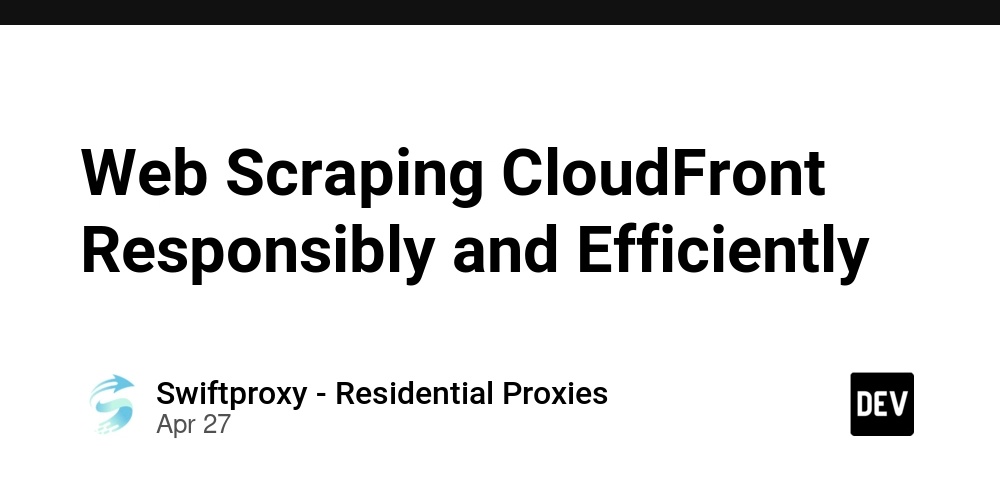
CloudFront, Amazon's content delivery network (CDN), plays a crucial role in today’s fast-paced digital world. But what happens when you combine it with the power of web scraping? A game-changer. This guide is your blueprint to unlocking CloudFront's potential, maximizing data extraction efficiency, ensuring accuracy, and, most importantly, doing it all responsibly.
CloudFront: The CDN Powerhouse
Amazon CloudFront is Amazon Web Services’ (AWS) content delivery network (CDN). In layman’s terms, it’s a network of servers spread globally, designed to deliver your website’s content at lightning speed based on where users are located. By caching content in multiple edge locations, it ensures users get fast access no matter where they are. It's the backbone behind millions of websites, enabling faster load times and reduced latency.
Why Developers Can't Ignore CloudFront
- Global Reach: CloudFront’s worldwide network ensures content delivery from the nearest server, reducing delays and improving user experience.
- Deep AWS Integration: It seamlessly integrates with AWS tools like Amazon S3, EC2, and Route 53.
- Security: CloudFront offers HTTPS support, DDoS protection, and Web Application Firewall (WAF) integration.
- Customization: Adapt CloudFront’s settings to suit your application’s needs.
- Cost-Effective: Only pay for what you use, no upfront costs—perfect for businesses of all sizes.
- Dynamic Content Support: Unlike many CDNs that only deliver static content, CloudFront can handle both static and dynamic content.
- Real-Time Metrics: Track detailed logs and metrics for precise performance insights.
The Basics of Web Scraping
Web scraping is the art of extracting vast amounts of data from the web without manual effort. It involves making HTTP requests, parsing the HTML, and extracting the data you need—quickly and at scale.
How Web Scraping Works:
- Send a Request: The scraper requests a webpage.
- Receive the Response: The server sends back HTML data.
- Parse the Content: Scraping tools like BeautifulSoup dissect the HTML for specific information.
- Extract Data: The desired content is pulled from the HTML structure.
- Store the Data: Data is then saved, often in formats like CSV or JSON for easy analysis.
Why Web Scraping is Crucial for Industries
- E-commerce: Monitor competitors’ prices, product details, and stock availability.
- Real Estate: Scrape property listings, pricing, and trends.
- Finance: Track stock prices, news, and market sentiment.
- Research & Media: Aggregators compile content from multiple sources for broader insights.
- Travel: Compare hotel and flight prices across different websites.
Tools and Methods for Effective Web Scraping
Headless Browsers: Scraping Dynamic Content
Many modern websites, including those hosted on CloudFront, use JavaScript to load content dynamically. Traditional scrapers often fail to retrieve this content. Enter headless browsers. They simulate real user behavior, enabling scrapers to extract content that loads asynchronously.
Key Features:
- Mimic User Interactions: Scroll, click, and navigate just like a human would.
- Render JavaScript: Ensure the scraper sees the same content a browser would.
- Session Handling: Manage cookies and sessions needed for restricted content.
Python & BeautifulSoup: A Classic Combo
Python is the go-to language for web scraping, and with libraries like BeautifulSoup, scraping becomes a breeze. BeautifulSoup lets you parse HTML content and extract data efficiently.
Why BeautifulSoup
- Easy Parsing: Handles messy HTML or XML.
- Find Methods: Locate specific data elements quickly with find() and find_all().
- Tag Manipulation: Modify HTML tags effortlessly.
- Encoding: Automatically handles character encoding issues.
Proxies: The Unsung Heroes of Scraping
When scraping CloudFront, using proxies is essential. They mask your real IP address, bypass rate limits, and protect your anonymity.
Key Benefits of Proxies:
- Anonymity: Protect your identity while scraping.
- Geo-Targeting: Access region-specific content by using IPs from different locations.
- Avoid Rate Limits: Rotate proxies to make more requests without triggering anti-scraping measures.
- Parallel Scraping: Use multiple proxies for faster, concurrent requests.
Scraping CloudFront
CloudFront’s vast network of servers serves a wide variety of use cases for scrapers, from competitive analysis to academic research. Here are just a few scenarios where scraping CloudFront is valuable:
- Competitive Analysis: Gather insights into competitors’ content strategies.
- Content Aggregation: Collect news or price data to provide value-added services to your users.
- Market Research: Scrape product data to understand market trends and consumer behavior.
- SEO Audits: Analyze websites’ SEO strategies and backlink profiles.
How to Scrape CloudFront
- Target URL: Identify the specific page or resource you want to scrape.
- Inspect the Page: Use developer tools to analyze the structure of the webpage.
- Write the Scraping Script: Leverage Python and tools like BeautifulSoup to automate data extraction.
- Handle Pagination: Ensure your script can scrape data across multiple pages if needed.
- Respect Robots.txt: Always check the site’s robots.txt file to ensure you're within the legal boundaries.
Navigating Legal Boundaries and Ethics
Scraping is powerful, but it’s also a minefield of legal issues. Here’s how to stay on the right side of the law when scraping CloudFront:
- Terms of Service (ToS): Always read and follow the site’s ToS.
- Copyright Laws: Be mindful of copyrighted content. Just because data is accessible doesn’t mean it’s free to use.
- Data Privacy: Stay compliant with GDPR, CCPA, and other data protection laws.
- Computer Fraud and Abuse Act (CFAA): Avoid scraping activities that could be seen as unauthorized access under U.S. law.
Ethical Web Scraping Practices
- Rate Limiting: Don’t overwhelm the server. Respect site load limits.
- User Privacy: Never scrape personal or sensitive data.
- Acknowledge Sources: Always credit the platform from which you’re scraping data.
- Seek Permission: If in doubt, always ask for consent before scraping.
Overcoming Barriers to Web Scraping
Websites, especially those powered by CDNs like CloudFront, deploy various anti-scraping measures. Here's how to bypass them responsibly:
- User-Agent Rotation: Change your scraper's user-agent to mimic real browser requests.
- CAPTCHAs: Some sites may block scrapers with CAPTCHA challenges. Use services that help bypass them, but do so carefully.
- IP Bans: Rotate proxies to avoid detection and IP blocks.
- Honeypots: Be cautious of fake data traps set to catch scrapers.
Conclusion
CloudFront, web scraping, and proxies—when combined—create a powerful trio. CloudFront accelerates data delivery, web scraping unlocks actionable insights, and proxies ensure seamless scraping with robust security. However, let’s not forget that ethical scraping is key. Always respect legal boundaries, protect privacy, and use data responsibly. The digital world is vast, but it’s ours to explore responsibly.


































































































































































![[The AI Show Episode 143]: ChatGPT Revenue Surge, New AGI Timelines, Amazon’s AI Agent, Claude for Education, Model Context Protocol & LLMs Pass the Turing Test](https://www.marketingaiinstitute.com/hubfs/ep%20143%20cover.png)
















































































































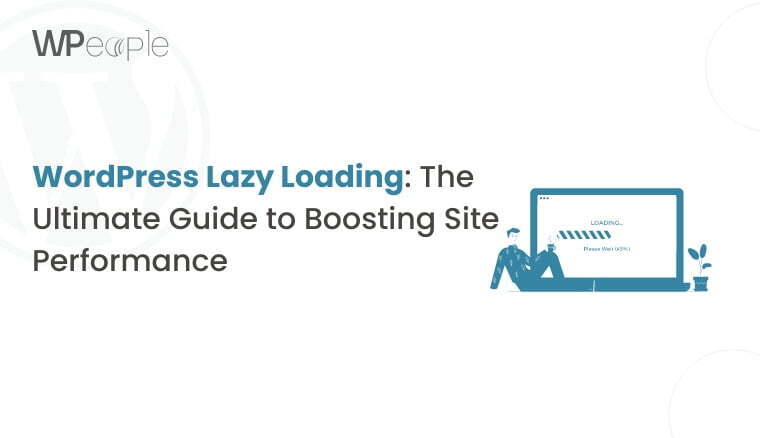
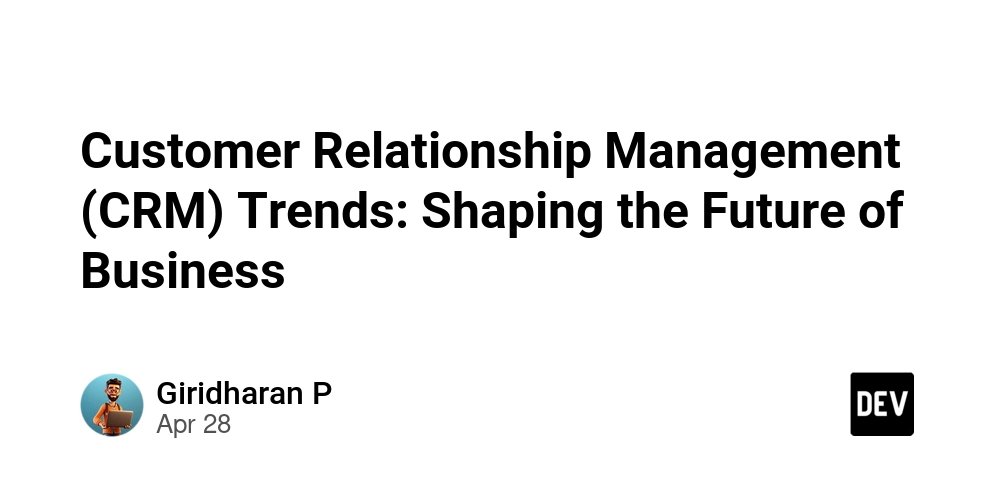












![[DEALS] Koofr Cloud Storage: Lifetime Subscription (1TB) (80% off) & Other Deals Up To 98% Off – Offers End Soon!](https://www.javacodegeeks.com/wp-content/uploads/2012/12/jcg-logo.jpg)






















![Is this too much for a modular monolith system? [closed]](https://i.sstatic.net/pYL1nsfg.png)



















































































































_roibu_Alamy.jpg?width=1280&auto=webp&quality=80&disable=upscale#)














































































































![M4 MacBook Air Drops to Just $849 - Act Fast! [Lowest Price Ever]](https://www.iclarified.com/images/news/97140/97140/97140-640.jpg)
![Apple Smart Glasses Not Close to Being Ready as Meta Targets 2025 [Gurman]](https://www.iclarified.com/images/news/97139/97139/97139-640.jpg)
![iPadOS 19 May Introduce Menu Bar, iOS 19 to Support External Displays [Rumor]](https://www.iclarified.com/images/news/97137/97137/97137-640.jpg)

































































































